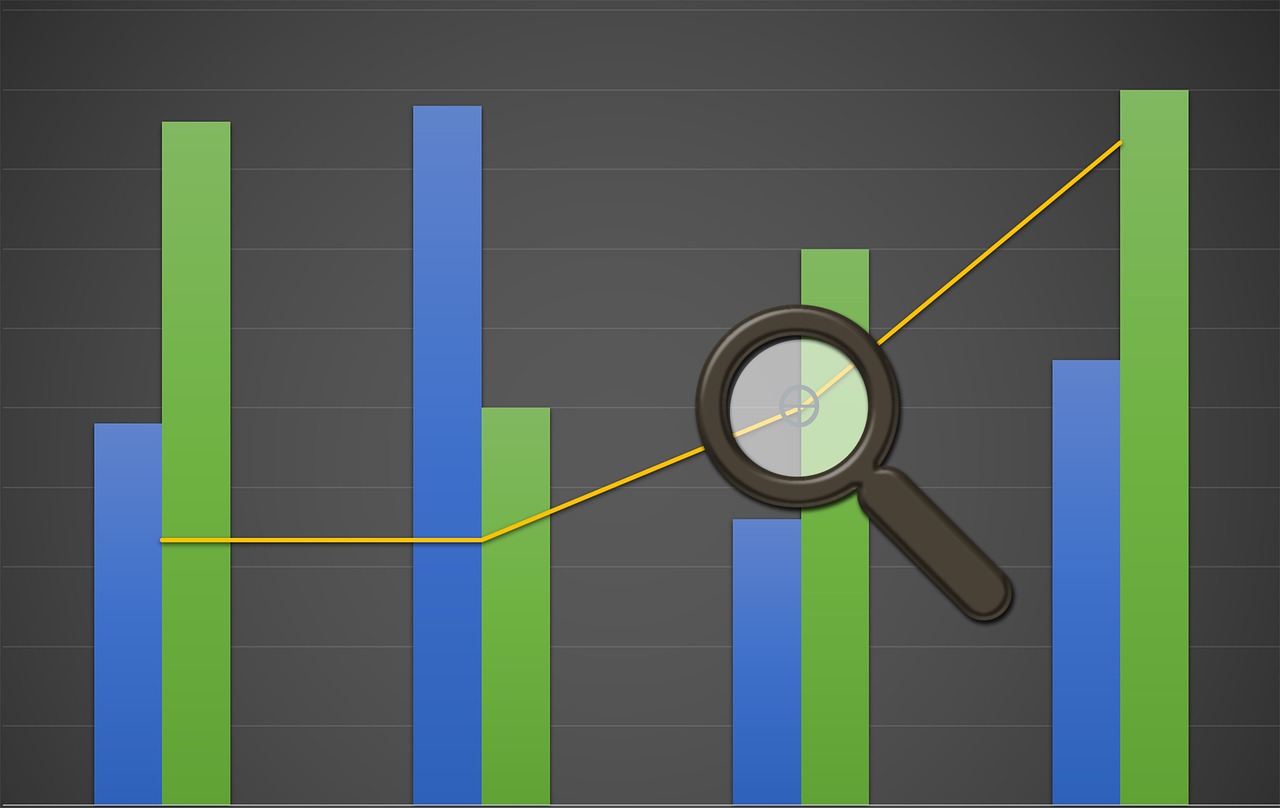If you want to blame one company for the surge in inflation over the past year, blame Amazon. When e-commerce demand leaped at the onset of the pandemic in 2020, the retailer decided to expand capacity to meet higher growth forecasts. Then, when the labor market started tightening a year ago, Amazon pressed ahead, paying whatever it took to build more fulfillment centers, buy more trucks, and hire more drivers and distribution center workers.
Q1 2022 hedge fund letters, conferences and more
On the most recent quarterly earnings conference call on Thursday, the company announced it has now built out the capacity it needed. It is even overstaffed with excess warehouse capacity, and plans to pull back on hiring and investing in the short term while it waits for demand to catch up.
This is probably the best leading indicator you can get that general inflationary pressures in the economy should begin easing over the next couple of quarters.
Amazon is a great bellwether for changes in macroeconomic trends because of its sheer size and the consistency of the company's growth and evolution. In the most recent 12 months its revenues from North America — which includes e-commerce, advertising and Prime subscriptions, but not its lucrative Amazon Web Services division — totaled $285 billion, a little more than 1% of the U.S. gross domestic product. In the quarter ended March 31, these revenues were up 50% from the same period two years ago.
Filling out that growth arc has been incredibly resource-intensive, and particularly costly over the past year because of economy-wide shortages of labor and materials. Worldwide, the company increased its headcount by 27.6% over the past year, or 351,000 employees, and invested $63.9 billion in property and equipment.
Those investments may have been great news for customers, who were able to get more products delivered cheaper and more quickly than they would have if the company had been more restrained. But they were terrible for Amazon's bottom line in an inflationary and resource-limited environment. First-quarter operating margins in North America fell to negative 2.3% from 5.4% a year earlier. Investors have punished Amazon for building that unprofitable excess capacity, with the stock falling by 20% over the past year.
That's why the company's announcement that it will pull back on investing and hiring to focus on productivity and efficiency is so important. A year ago, Amazon's biggest challenge was scaling growth — the buildout that ended up being incredibly expensive. Today the challenge is getting its costs under control and bringing demand and supply back into balance.
Read the full article here by Conor Sen, Advisor Perspectives.

